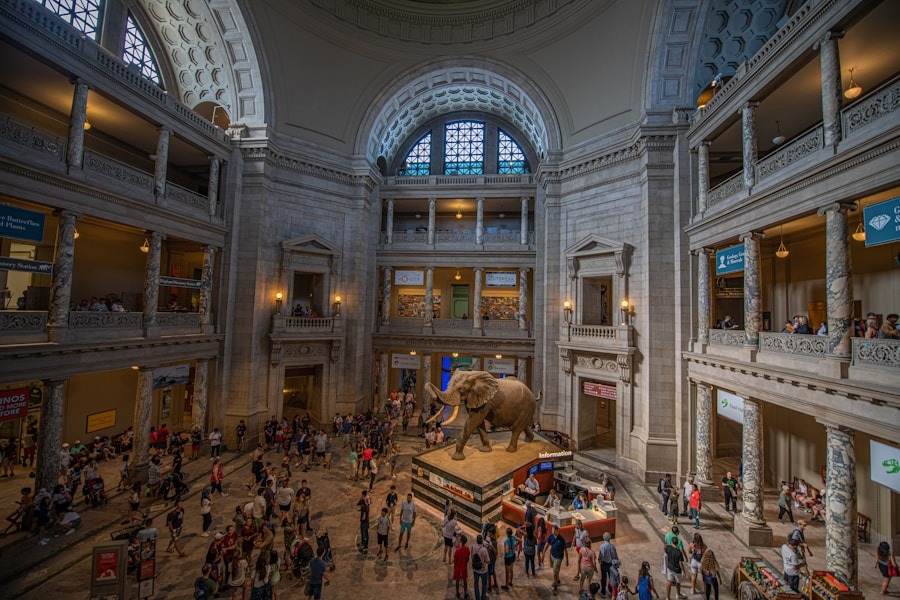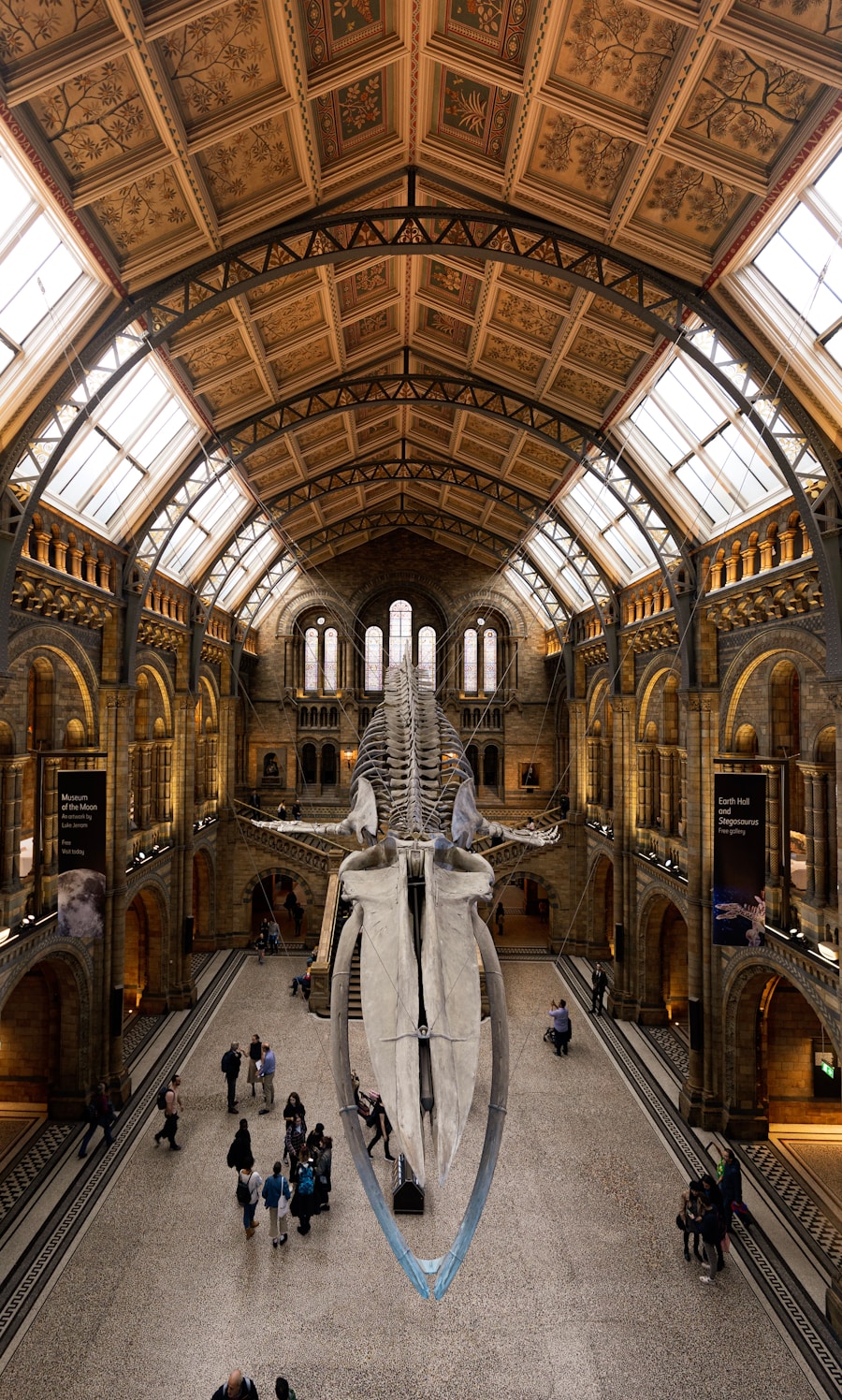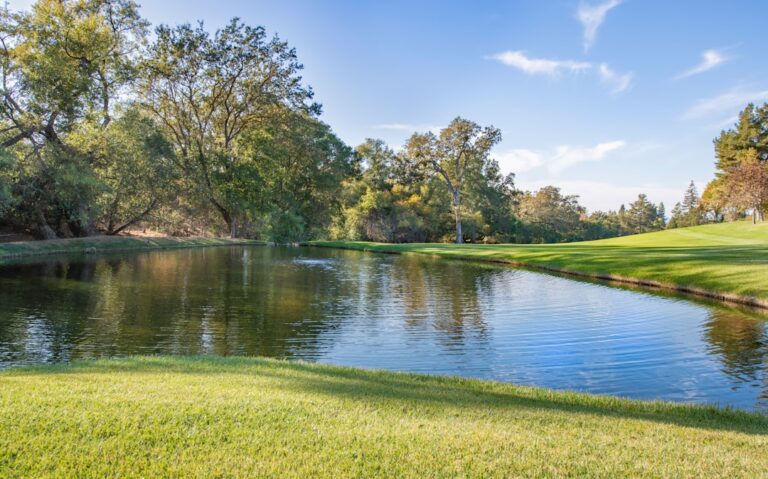The concept of a museum can be traced back to ancient civilizations, where collections of artifacts were often housed in temples or palaces. These early collections were typically the private possessions of wealthy individuals or rulers, who amassed items of cultural, religious, or artistic significance. For instance, the ancient Greeks established the “Mouseion” in Alexandria, which served as a center for scholarly activity and housed a vast collection of texts and artifacts.
This institution laid the groundwork for the idea of a space dedicated to the preservation and study of knowledge and culture. As societies evolved, so did the nature of these collections. During the Middle Ages, many artifacts were kept in monasteries, where they were used for educational purposes and to promote religious teachings.
However, it was not until the Renaissance that the notion of public access to collections began to take shape. Wealthy patrons, such as the Medici family in Florence, began to open their collections to the public, allowing a broader audience to engage with art and history. This shift marked a significant transition from private collections to public institutions, setting the stage for the modern museum as we know it today.
Key Takeaways
- Museums originated from private collections and evolved into public institutions to showcase art, artifacts, and natural history.
- The Renaissance period played a significant role in the birth of modern museums, with a focus on collecting and displaying art and antiquities.
- The Age of Exploration led to the expansion of museum collections, as explorers brought back exotic items and natural specimens from around the world.
- The Industrial Revolution contributed to the rise of specialized museums, focusing on specific subjects such as science, technology, and industry.
- In the 20th century, museums became important educational and cultural institutions, offering programs and exhibitions to engage and educate the public.
- The digital age has transformed the way museums interact with audiences, with the future likely to see increased use of technology for virtual tours, interactive exhibits, and online collections.
The Renaissance and the Birth of Modern Museums
The Vatican Museums: A Treasure Trove of Art and Knowledge
The Vatican Museums, founded in the early 16th century, exemplify this trend. They began as a collection of sculptures and artworks amassed by popes and gradually expanded to include a vast array of artifacts from various cultures and time periods.
The Uffizi Gallery: A New Approach to Art Display
Another significant development during this era was the establishment of the Uffizi Gallery in Florence, which opened its doors to the public in 1765. The Uffizi was one of the first galleries to display art in a manner that emphasized its aesthetic value rather than its religious or political significance.
Redefining the Purpose of Museums
This approach laid the groundwork for future museums to prioritize public engagement and education over mere collection. The Renaissance not only birthed modern museums but also redefined their purpose, transforming them into spaces for exploration, learning, and appreciation of human creativity.
The Age of Exploration and the Expansion of Museum Collections

The Age of Exploration, spanning from the 15th to the 17th centuries, significantly impacted museum collections worldwide. European explorers embarked on voyages that led to the discovery of new lands and cultures, bringing back an array of artifacts that would eventually find their way into museums. These items ranged from indigenous art and tools to natural specimens, reflecting the diverse cultures encountered during these expeditions.
The British Museum, established in 1753, became one of the most prominent institutions to house such collections, showcasing artifacts from ancient Egypt, Greece, and beyond. This influx of new materials prompted museums to expand their scope beyond local or national histories. The collections began to represent a more global narrative, albeit often through a Eurocentric lens.
The practice of collecting artifacts from colonized regions raised ethical questions that persist today regarding ownership and representation. As museums acquired these items, they also became centers for research and scholarship, contributing to a growing understanding of anthropology and archaeology. The Age of Exploration thus not only enriched museum collections but also complicated their role in society as custodians of cultural heritage.
The Industrial Revolution and the Rise of Specialized Museums
The Industrial Revolution brought about profound changes in society, economy, and culture during the 18th and 19th centuries. As urbanization accelerated and industries flourished, there was a growing need for specialized institutions that could cater to specific fields of knowledge. This period saw the emergence of specialized museums that focused on particular themes or disciplines, such as science, technology, and industry.
The Science Museum in London, founded in 1857, is a prime example of this trend; it was established to showcase advancements in science and technology resulting from industrial progress. Specialized museums not only reflected societal changes but also played a crucial role in education and public engagement. They provided a platform for individuals to learn about innovations that shaped their lives while fostering an appreciation for scientific inquiry.
The establishment of natural history museums during this time further exemplified this trend; institutions like the American Museum of Natural History in New York City became vital centers for research and education about biodiversity and environmental conservation. The Industrial Revolution thus catalyzed a diversification of museum types, allowing them to cater to specific interests while promoting broader educational goals.
The 20th Century: Museums as Educational and Cultural Institutions
The 20th century marked a significant transformation in how museums perceived their roles within society. No longer merely repositories for artifacts or art collections, museums began to embrace their responsibilities as educational institutions that fostered cultural understanding and community engagement. This shift was influenced by various social movements advocating for inclusivity and representation within cultural spaces.
Museums started to recognize their potential as platforms for dialogue and learning, aiming to connect with diverse audiences. One notable example is the Smithsonian Institution in Washington D.C., which expanded its mission throughout the century to include not only art but also history, science, and culture. The National Museum of American History opened in 1964 with a focus on telling the stories of all Americans, including marginalized communities whose narratives had been historically overlooked.
This commitment to inclusivity reflected broader societal changes and highlighted museums’ evolving roles as facilitators of cultural exchange and education. Moreover, the rise of interactive exhibits during this period transformed visitor experiences. Museums began incorporating hands-on activities and multimedia presentations that engaged audiences on multiple levels.
This approach not only made learning more accessible but also encouraged visitors to actively participate in their own educational journeys. As a result, museums became vibrant spaces where individuals could explore complex ideas and engage with diverse perspectives.
The Digital Age and the Future of Museums

As we entered the 21st century, the advent of digital technology revolutionized how museums operate and engage with their audiences. The rise of the internet has enabled institutions to reach global audiences far beyond their physical locations. Virtual tours, online exhibitions, and digital archives have become increasingly common, allowing individuals from all walks of life to access collections that were once limited by geography or socioeconomic status.
For instance, initiatives like Google Arts & Culture have partnered with numerous museums worldwide to digitize artworks and artifacts, making them available for exploration online. The digital age has also prompted museums to rethink their roles within communities. Social media platforms have become essential tools for outreach and engagement, allowing institutions to connect with audiences in real-time and foster conversations around exhibitions and events.
Museums are now leveraging these platforms not only for marketing but also for community building and collaboration with local artists and organizations. Looking ahead, the future of museums will likely be shaped by ongoing technological advancements and changing societal expectations. As issues such as climate change and social justice gain prominence, museums may increasingly position themselves as advocates for change by addressing these topics through their programming and exhibitions.
Furthermore, as artificial intelligence continues to evolve, it may play a role in curating personalized experiences for visitors based on their interests. In conclusion, museums have undergone significant transformations throughout history—from private collections to public institutions—reflecting broader societal changes and cultural shifts. As they continue to adapt to new challenges and opportunities presented by technology and social movements, museums will remain vital spaces for education, exploration, and cultural exchange in an ever-evolving world.
If you are interested in exploring the intersection of history and science, you may find The Crucial Ecological Roles of Microbes and Lower Cryptogams in Ecosystems to be a fascinating read.
FAQs
What is the history of museums?
Museums have a long history, dating back to ancient civilizations such as the Egyptians and Greeks, who collected and displayed artifacts and art. The concept of a public museum as we know it today began in the 17th century with the establishment of the Ashmolean Museum in Oxford, England.
How have museums evolved over time?
Museums have evolved from private collections of wealthy individuals to public institutions that serve educational and cultural purposes. They have also expanded their focus from art and artifacts to include natural history, science, technology, and social history.
What role do museums play in society?
Museums serve as educational institutions, preserving and interpreting the past for present and future generations. They also contribute to the cultural and economic development of communities by attracting tourists and providing educational programs for visitors of all ages.
What are some notable milestones in the history of museums?
Some notable milestones in the history of museums include the founding of the Louvre Museum in Paris in 1793, the opening of the British Museum in London in 1753, and the establishment of the Smithsonian Institution in the United States in 1846.
How have digital technologies impacted museums?
Digital technologies have revolutionized the way museums engage with their audiences, allowing for virtual tours, online collections, interactive exhibits, and educational resources. Museums have also used digital platforms to reach wider and more diverse audiences.






















+ There are no comments
Add yours